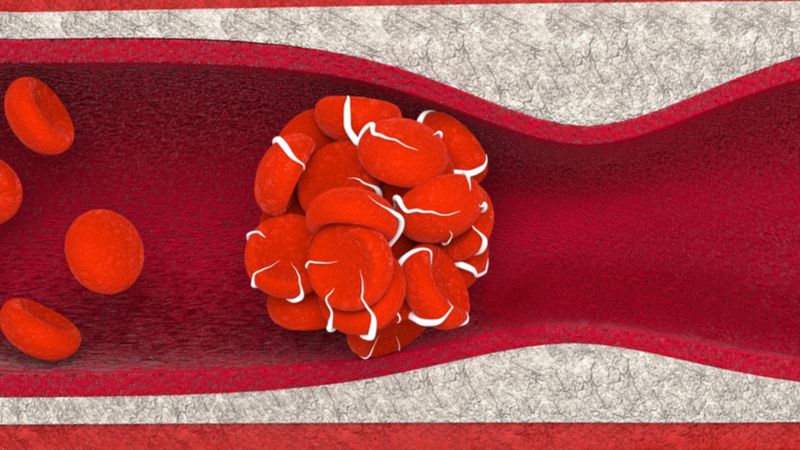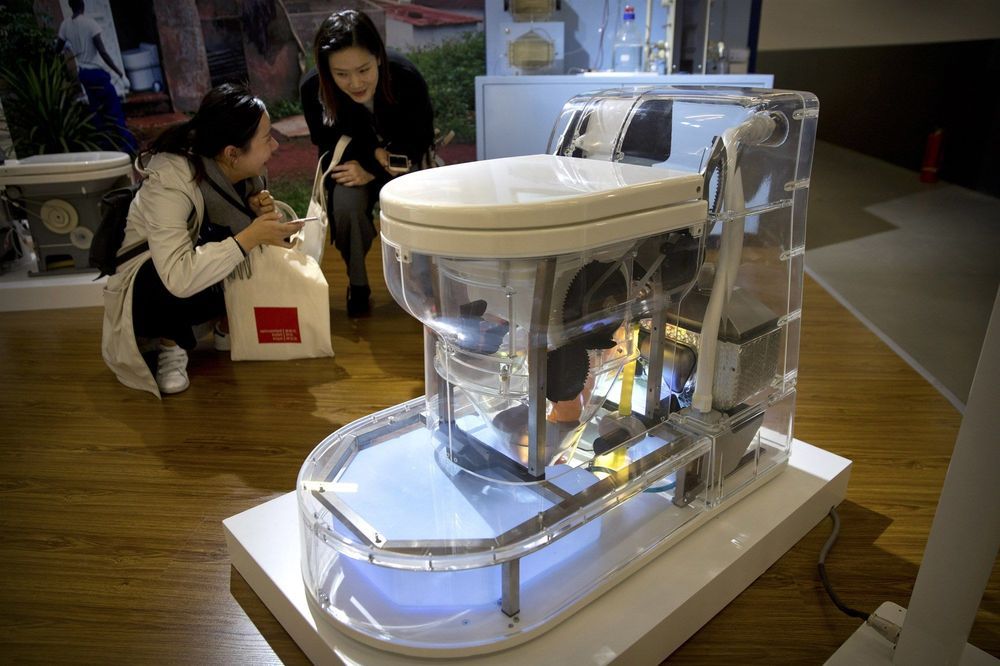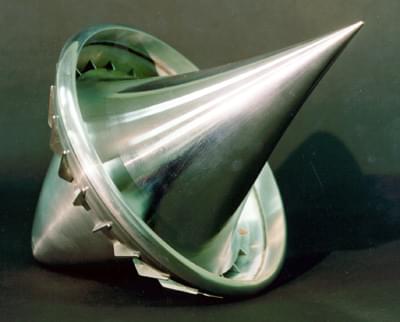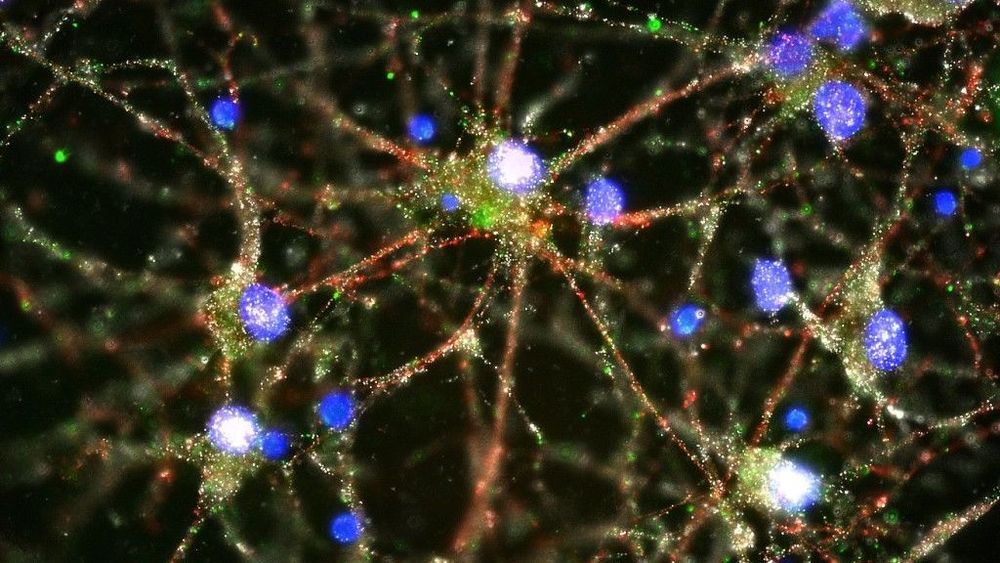Sep 27, 2019
Microsoft chief Brad Smith says rise of killer robots is ‘unstoppable’
Posted by Amberley Levine in categories: drones, robotics/AI
The rise of killer robots is now unstoppable and a new digital Geneva Convention is essential to protect the world from the growing threat they pose, according to the President of the world’s biggest technology company.
In an interview with The Telegraph, Brad Smith, president of Microsoft, said the use of ‘lethal autonomous weapon systems’ poses a host of new ethical questions which need to be considered by governments as a matter of urgency.
He said the rapidly advancing technology, in which flying, swimming or walking drones can be equipped with lethal weapons systems – missiles, bombs or guns – which could be programmed to operate entirely or partially autonomously, “ultimately will spread… to many countries”.


















